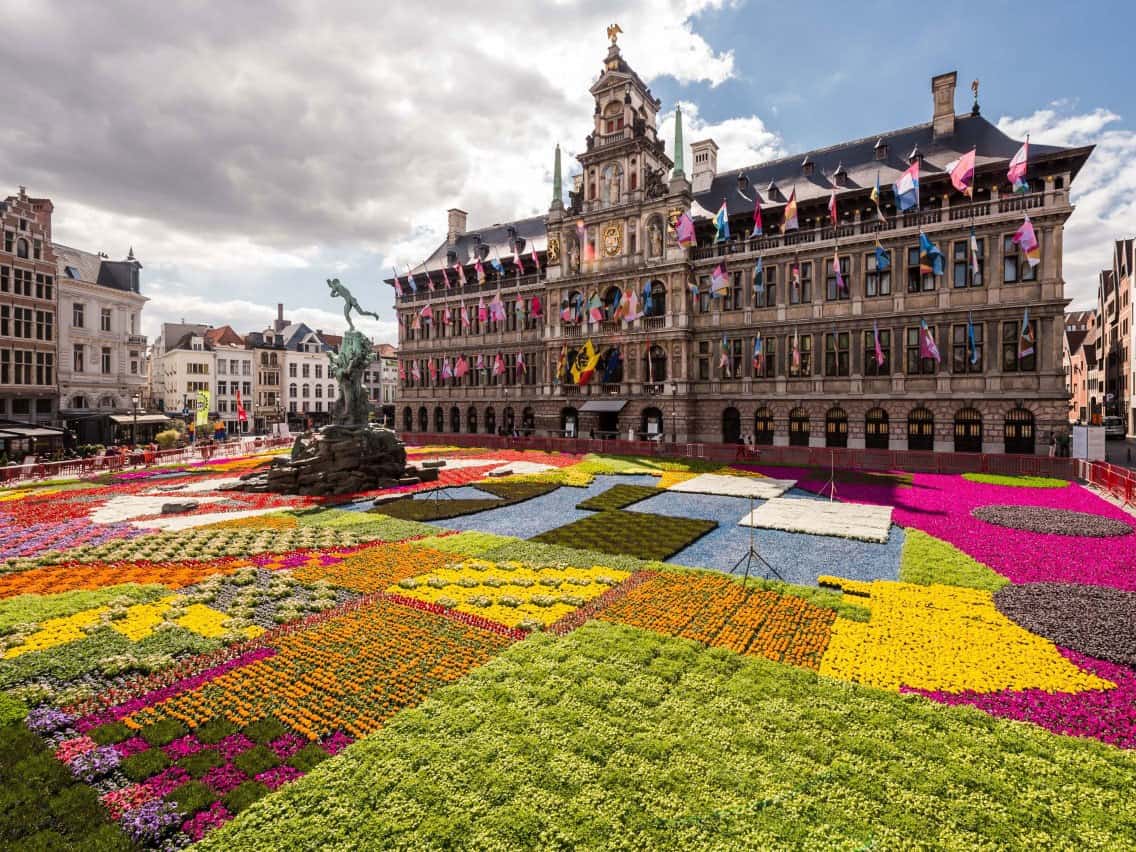Table of Contents
Egyptian pyramids
The pyramids were built in ancient Egypt as a sanctuary for the pharaohs in the second life, as the purpose of building them was to protect the pharaoh after his death, and the common belief among the ancient Egyptians was that the pharaoh could be a mediator between them between the gods and the underworld, and that hundreds of pyramids were built, except that There are approximately seven of them known in Egypt at the present time: the Step Pyramid, the Medium Pyramid, the Curved Pyramid, the Red Pyramid, the Khufu Pyramid, the Khafre Pyramid, and the Menkaure Pyramid.
Great Wall of China
The Great Wall of China is a group of short walls connected to each other, and extends for a distance of 8,850 kilometers, and the goal of its construction was to keep the Mongols from China, as it was built using stones and wooden panels during the Qin Dynasty, and after that some amendments were added to the walls of the wall However, its modern construction officially started during the Ming Dynasty, and because of the wall walls being cut off and not connected, it led to the failure to provide protection to China, as the Mongols had no difficulty in penetrating it. The great, was rebuilt, and became Tourist site.
Pharos Island
Pharos Island extends across the Mediterranean Sea in northern Egypt located in northern Africa. It was built by order of Alexander the Great, and was completed in Ptolemy in 280 BC, and was considered one of the seven wonders of the ancient world, and its height ranged between 60-180 meters, Then it was destroyed by an earthquake in the fourteenth century.
Temple of Artemis
The Temple of Artemis is currently located in western Turkey, where it was built by Croesus, King of Lydia in the year 550 BC, and the temple was famous because of its large size and because of the artwork that adorns it, but it was destroyed in 262 AD due to the invasion of the Goths, and it was not rebuilt again, as was Little remains of it, plus there are currently many small pieces and columns remaining from it at the British Museum.








